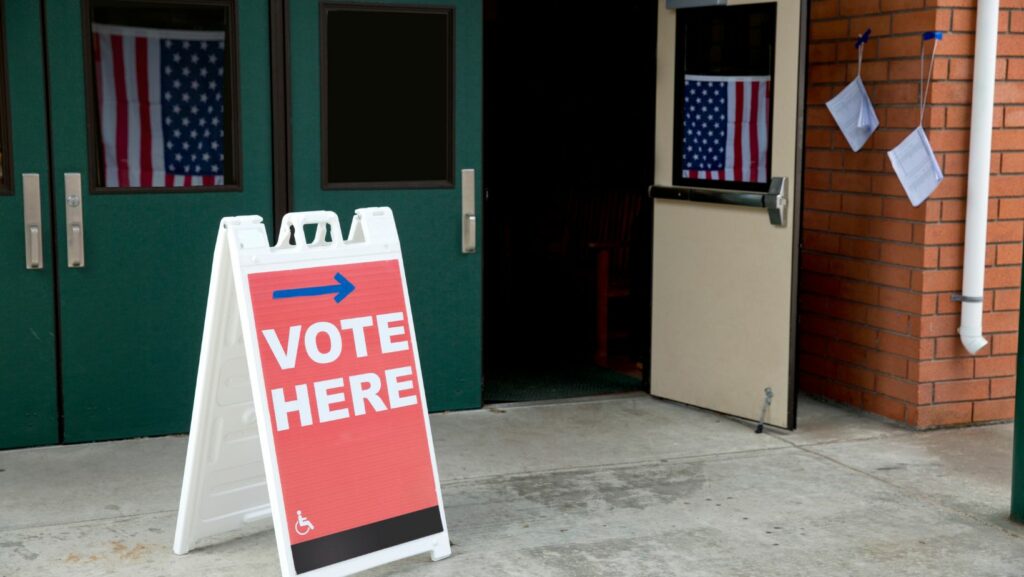As the spotlight turns to Kentucky, the state’s election coverage promises to be a captivating spectacle. With its unique blend of urban and rural communities, Kentucky’s political landscape offers a fascinating glimpse into the broader dynamics shaping American politics. From gubernatorial races to local contests, the outcomes here could signal shifts in voter sentiment and party strategies.
Kentucky’s elections have historically been bellwethers, often reflecting national trends and influencing future political narratives. This year, the stakes are particularly high as candidates vie for crucial positions that could impact policy decisions for years to come. Voter engagement is at an all-time high, with citizens eager to make their voices heard on issues that matter most to them.
With seasoned analysts and reporters on the ground, Kentucky election coverage will provide in-depth insights and real-time updates. As the results unfold, all eyes will be on the Bluegrass State to see how its decisions resonate across the nation.
Kentucky Election Coverage
Kentucky election coverage provides real-time updates and comprehensive analysis. In-depth reports focus on key races, significant voter issues, and campaign strategies. Reporters highlight the narratives shaping both local and national politics by examining urban and rural community dynamics. Data visualization tools illustrate voting patterns, demographic shifts, and turnout rates.
Media outlets stream live events, interviews, and expert panels to keep the audience informed. Analytics offer insights into social media trends, candidate polling, and voter sentiment. Election experts contribute opinions on the implications of Kentucky’s results for future elections. Coverage includes profiles of influential candidates and their positions on vital issues like healthcare and education.
Media Outlets And Their Approaches
 In Kentucky’s election coverage, media outlets leverage both traditional and digital platforms. They aim to offer diverse perspectives and comprehensive information to viewers.
In Kentucky’s election coverage, media outlets leverage both traditional and digital platforms. They aim to offer diverse perspectives and comprehensive information to viewers.
Traditional media, including newspapers, television, and radio, play a crucial role in delivering election news. Outlets like the Courier-Journal and the Lexington Herald-Leader provide in-depth analysis and historical context, focusing on candidate profiles and policy debates. Public radio stations such as WKU Public Radio cover local perspectives and host expert panels, offering live broadcasts of key events. Local TV stations provide real-time updates and visualize voting trends during evening news segments.
Digital Media Platforms
Digital media platforms, including websites and social media, enhance the reach and immediacy of Kentucky’s election news. Platforms like Kentucky Today and Spectrum News contribute around-the-clock updates, leveraging multimedia tools to engage users. Social media, particularly Twitter and Facebook, enable quick dissemination of breaking news and facilitate interactions between users and reporters. These platforms also utilize AI-driven analytics to monitor voter engagement and sentiment, enriching the election narrative with interactive elements.
Candidate Profiles
 Prominent candidates from both parties attract voter attention with distinct backgrounds and agendas. Democratic and Republican candidates articulate their visions, focusing on Kentucky’s local needs and reflecting broader national issues. Profiles highlight their political experience, policy priorities, and campaign promises. Standout candidates have strong stances on healthcare, advocating for improved access and affordability.
Prominent candidates from both parties attract voter attention with distinct backgrounds and agendas. Democratic and Republican candidates articulate their visions, focusing on Kentucky’s local needs and reflecting broader national issues. Profiles highlight their political experience, policy priorities, and campaign promises. Standout candidates have strong stances on healthcare, advocating for improved access and affordability.
Central policy issues in the Kentucky elections include healthcare reform, education funding, and economic development. Candidates engage in debates addressing these topics, offering solutions to local concerns. Discussions on healthcare center around Medicaid expansion and cost management. Education debates focus on resource allocation and school infrastructure. Economic policies address job creation, incentivizing business growth, and balancing state budgets.
Comparing Coverage Across Elections
 Kentucky’s election coverage stands out as a model for balancing traditional and digital media to deliver timely and accurate information. By integrating real-time updates with in-depth analysis, media outlets ensure that voters are well-informed about both local and national implications of the elections. The use of data visualization and AI-driven analytics provides a nuanced understanding of voter behavior and sentiment. As Kentucky’s elections unfold, they not only reflect the state’s diverse political landscape but also offer insights into broader national trends. The comprehensive approach to coverage underscores the importance of informed civic participation in shaping future policy directions.
Kentucky’s election coverage stands out as a model for balancing traditional and digital media to deliver timely and accurate information. By integrating real-time updates with in-depth analysis, media outlets ensure that voters are well-informed about both local and national implications of the elections. The use of data visualization and AI-driven analytics provides a nuanced understanding of voter behavior and sentiment. As Kentucky’s elections unfold, they not only reflect the state’s diverse political landscape but also offer insights into broader national trends. The comprehensive approach to coverage underscores the importance of informed civic participation in shaping future policy directions.



